Code Wrapping is not going away, I see posts lamenting about how all the major IDEs look and feel the same (Claude Code, Cursor, Gemini, Windsurf, CoPilot/VsCode, etc).
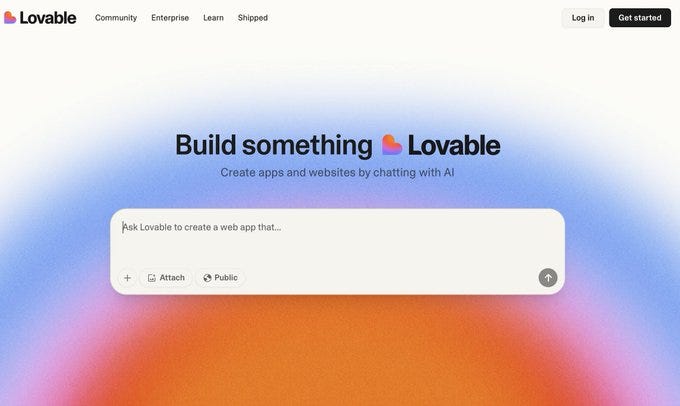

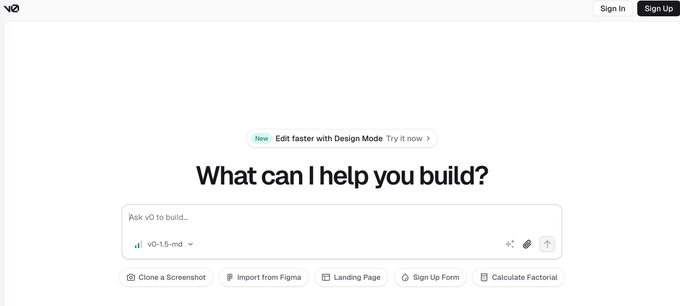
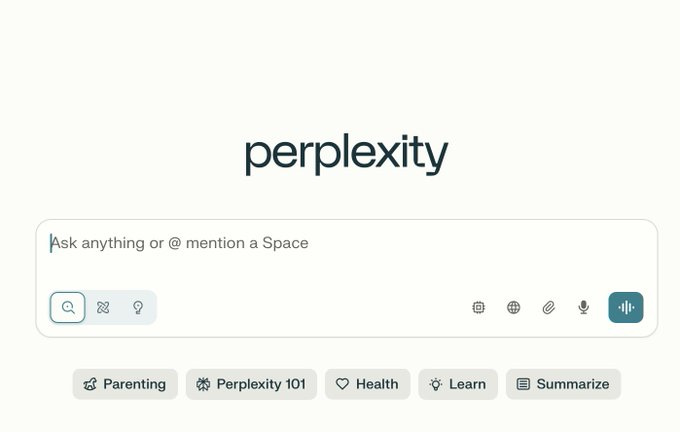
My argument/explanation for this is its not because everyone is trying to copy each other that they all look so similar, it is more because this tech is so brand new, people are only experiencing it in waves, and with chat GPT being the most popular and earliest, that style IDE is what people are coming to know “AI” as.
Meaning, you need to build and take advantage of that existing user association as opposed to trying to reinvent the wheel and re-educate the user….But it comes with a cutthroat cost…you have to become the dominant one (less chance for co-existence) and really work to make sure competitors always feel like a “knockoff”.
For high-education requirement tech companies, this is crucial. And it will be for you too as you build your next business.
So, what are Code Wrappers?
AI code wrapping tools are software layers that act as intermediaries between raw AI models and real-world coding applications. Think of them as translators: they take the complex outputs of large language models (LLMs) like Claude or GPT and package them into user-friendly, developer-focused interfaces.
(basically launching startups off the backs of these major LLMs, then bringing new IDEs to the masses - do the masses really care who built the LLM/IDE or who made it easier for them to code? Generally, no. They just want to know it works before they sign up for $20 a month).
In 2025, these tools are gaining traction because they bridge the gap between AI’s raw power and practical usability.
(The reason I am writing this is to point that out: the new AI giants are bridging a gap that already existed from LLM usage, they didn’t have to build the AI themselves, they just had to utilize AI to bring an IDE to you - but they are worth billions of dollars in less than a year…you see how this is actually opening a new space that never existed and will impact patents, trademarks, crypto - everything idea centered.
This is an opportune season as a solo dev trying to make it. Not to just copy someone but to take advantage of what exists already, and use new tools to create either a better looking version, or an optimized use version maybe trying to sell that your latest update of the code fork is better etc.,
Pay attention to what i’m really trying to show you.)
The Numbers Don’t Lie
The AI coding market is on fire, and the numbers back it up. In 2024, the global market for AI-driven software development tools was valued at approximately $1.2 billion, with projections estimating a compound annual growth rate (CAGR) of 38% through 2030, reaching $7.8 billion. Code wrapping tools, a subset of this market, are driving a significant chunk of this growth.
For instance, Cursor raised $900 million in May 2025 at a $10 billion valuation, while Windsurf’s Codeium caught OpenAI’s eye for a potential $3 billion acquisition. These valuations reflect investor confidence in the scalability of wrapper-driven platforms.Adoption is skyrocketing too. A 2025 survey by Qodo found that 81% of developers using AI-powered code review tools (many of which rely on wrappers) reported quality improvements, and 61% noted higher job satisfaction due to productivity gains. (THOSE TOOLS DIDNT EXIST BEFORE 2024 LMAO AND MICROSOFT ALREADY BUYING).
Meanwhile, major tech players are leaning in: Microsoft’s GitHub Copilot, which uses wrapper-like interfaces, generated over $500 million in revenue in 2024, serving 15 million users. Google and Amazon report that 30% and 25% of their codebases, respectively, are now AI-generated, often facilitated by wrapper tools that make integration seamless.
Why It’s Worth Building
Skeptics might call code wrappers “glorified middleware” and question their value. After all, aren’t LLMs doing the heavy lifting? Here’s why that view misses the mark—and why building these tools is a goldmine:
Workflow Integration Is King: Raw AI outputs are often clunky, requiring manual tweaks to fit specific frameworks or team standards. Wrappers automate this, saving developers hours.
For example, Qodo’s 2025 report noted that developers who use wrapper-enhanced AI tools are 2.5 times more likely to trust and ship AI-generated code without manual checks. This trust translates to faster development cycles and lower costs.
Democratizing AI for Non-Coders: Wrappers enable “vibe coding,” where non-technical users can write software using plain English commands. Windsurf’s Codeium, for instance, translates natural language into functional code (THE YEAH YEAH I HAVE NO IDEA WHAT CODE IS JUST MAKE MY IDEA COME TO LIFE, BUTTON), opening software development to a broader audience. This democratization fuels demand for accessible, wrapper-based platforms.
A Patent Opportunity Sweet Spot: Unlike core AI models, which are heavily patented by giants like Google (15 AI patents filed daily) and Tencent (thousands of generative AI patents), code wrappers operate in a less crowded IP space. Since 2018, AI patent filings have surged 500%, but wrappers are often specific to workflows or industries, making them harder to block with broad patents. This creates a unique window for startups to carve out defensible niches without battling tech titans over foundational IP.
THIS IS WHY I AM BUILDING MIMIIC - TRY IT FOR FREE TODAY!
Acquisition Fever: Big tech is hungry for wrapper startups. Apple’s 2024 acquisition of DarwinAI and HP’s moves to bolster AI infrastructure show that wrappers are strategic assets for integrating AI into ecosystems. A strong wrapper patent portfolio can boost a startup’s valuation by 20-30%, making it an attractive acquisition target.
The New Tech Company Boom
The rise of code wrapping tools is sparking a startup renaissance. Unlike the early AI model race, where only deep-pocketed players like OpenAI could compete, wrappers require less capital to develop but offer high value. In 2024, venture capital firms like Thrive Capital and Andreessen Horowitz poured $2.7 billion into AI coding startups, with wrappers being a key focus.
These tools’ ability to specialize—say, for healthcare coding or gaming engines—means startups can target niche markets without needing to outmuscle Microsoft. Moreover, the IP landscape favors agility. While 80,000 AI patents have been filed globally in the past five years, wrappers’ application-specific nature lets startups patent unique implementations.
For example, a wrapper optimizing AI code for quantum computing could secure a patent without infringing on IBM’s quantum AI filings. This flexibility lowers barriers to entry, enabling a flood of new players to innovate.
Why It’s Not Silly
To those rolling their eyes at “another AI fad,” consider this: code wrappers are solving real pain points. Developers don’t want to wrestle with raw AI outputs; they want tools that fit their workflows. Companies don’t want to hire armies of coders; they want efficiency. And startups don’t want to drown in patent lawsuits; they want room to innovate.
Wrappers check all these boxes, turning AI’s potential into practical value.The opportunity is clear: a $7.8 billion market by 2030, a 38% CAGR, and a relatively open IP field make code wrapping tools a startup’s dream. As Anthropic and OpenAI pivot to capitalize on this proven space (evidenced by their interest in wrapper-driven platforms like Cursor), the window for new entrants is wide open—but it won’t last forever.
Closing Thoughts
AI code wrapping tools might sound like a small cog in the AI machine, but they’re driving a seismic shift in software development. Their ability to make AI practical, accessible, and patentable is unleashing a wave of innovation and entrepreneurship that I can tell people do not yet fully understand.
What do you think?
Until Next Time, Think Free & Stack Sats
GRACE & PEACE











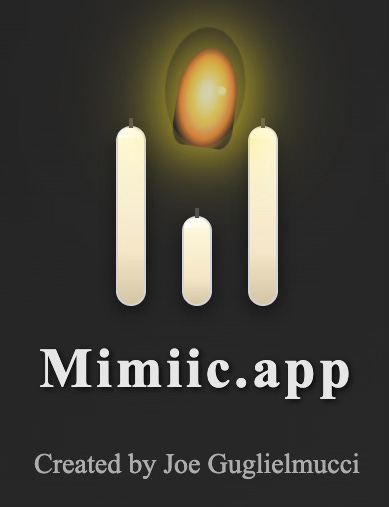
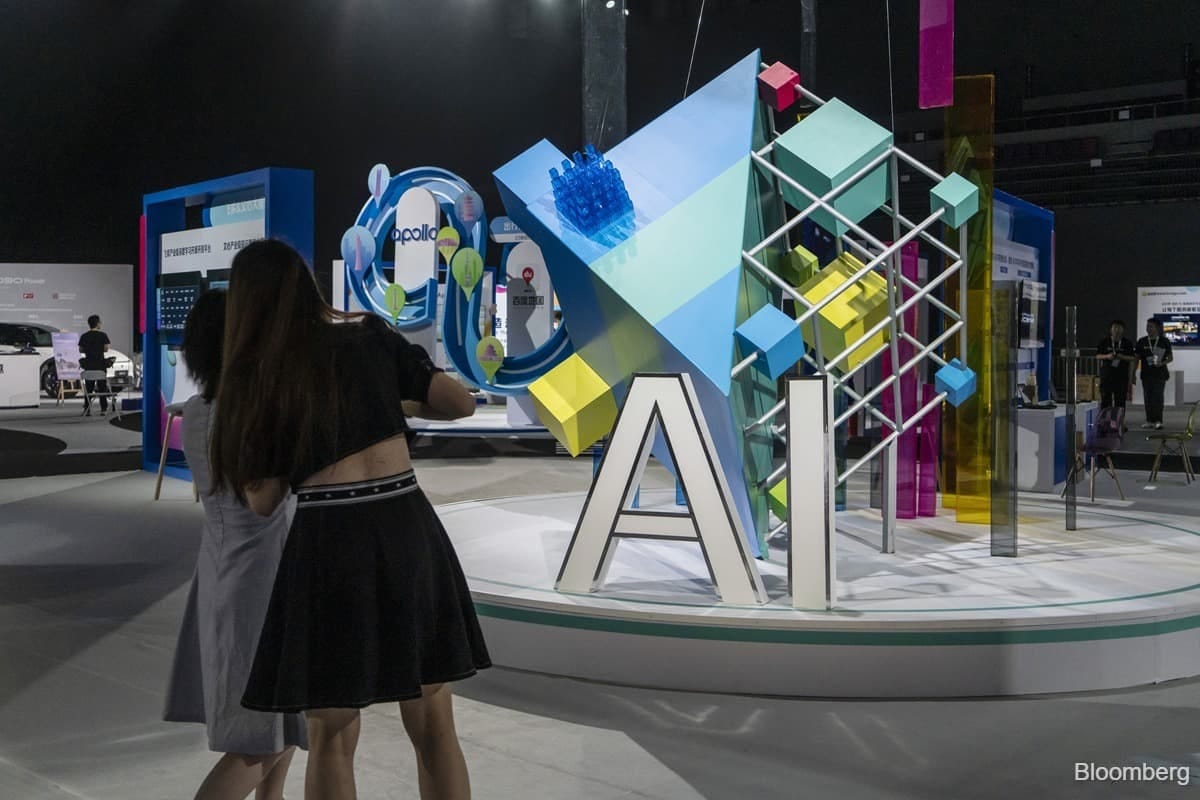


AI is the future we all in to learn it.